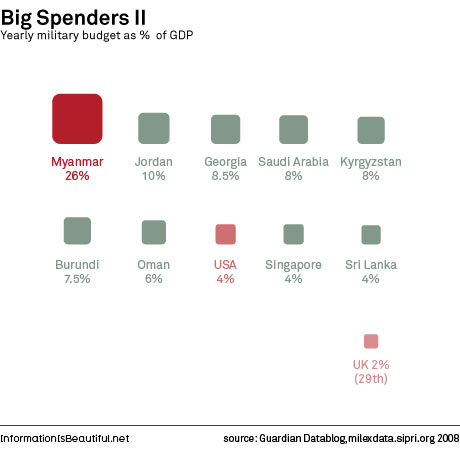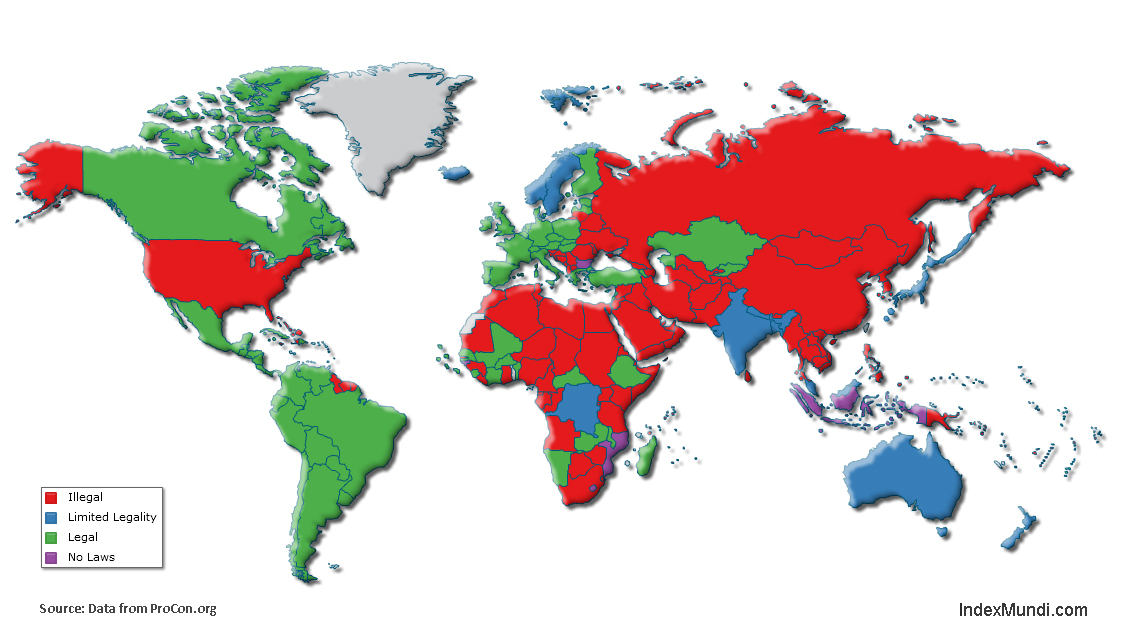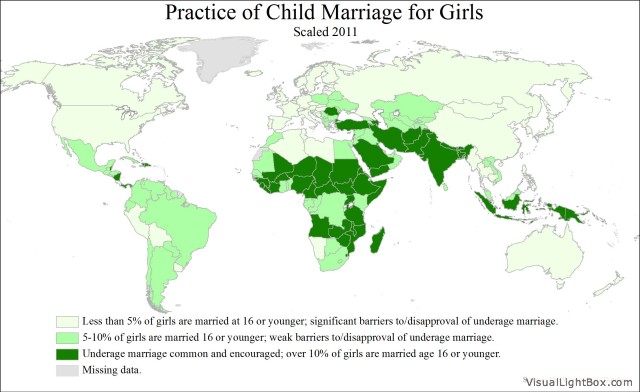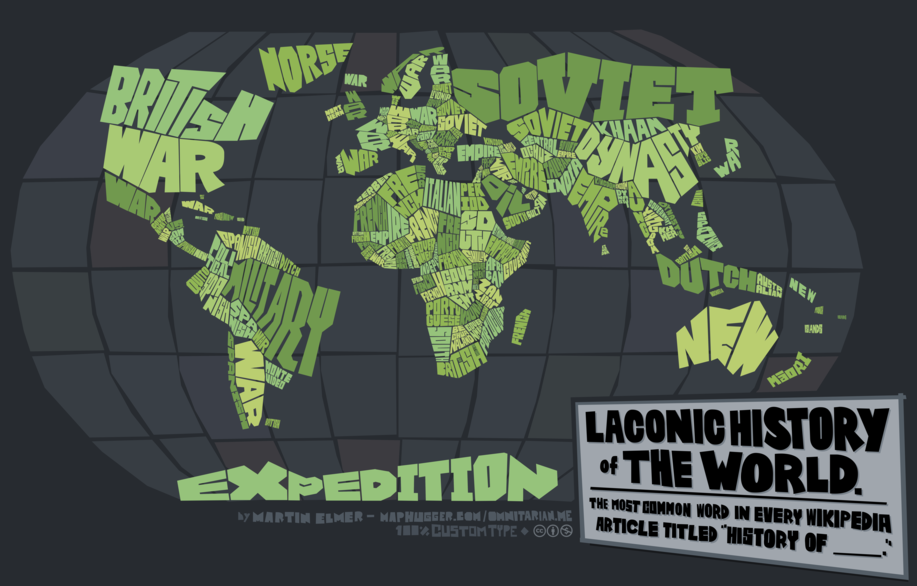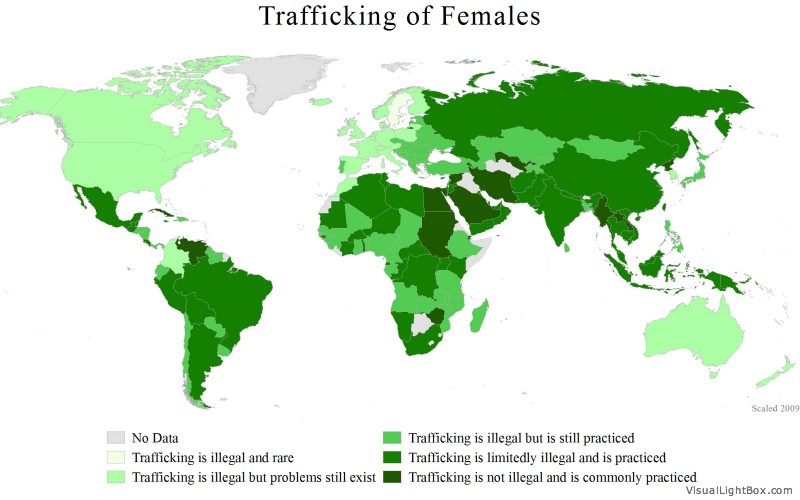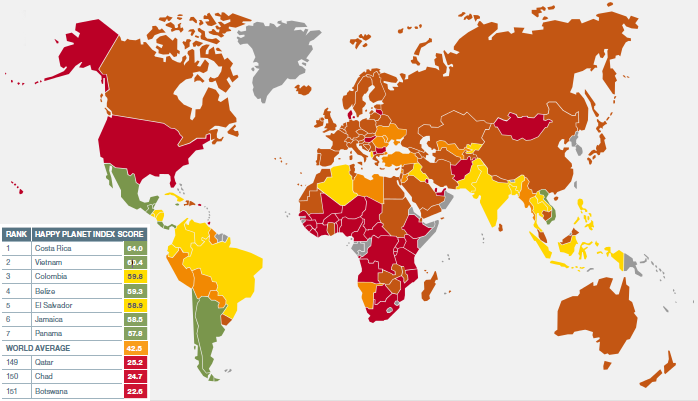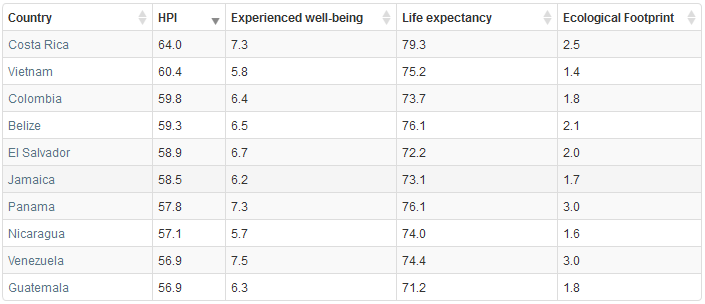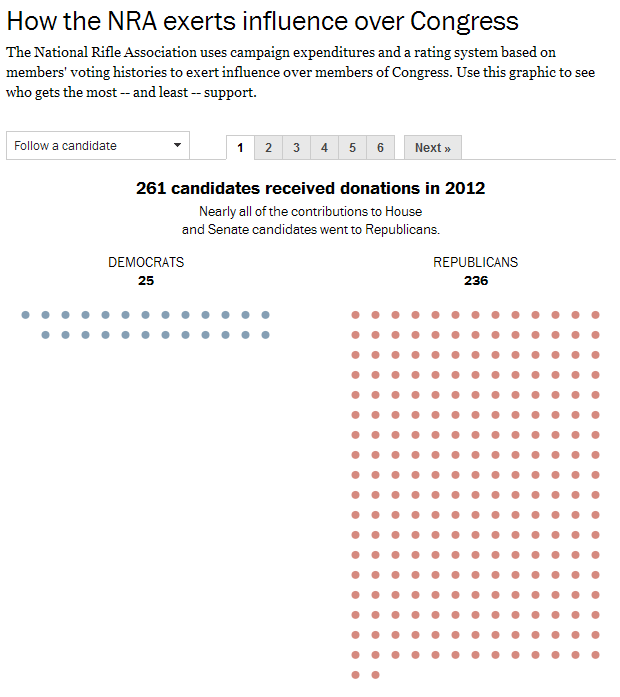 Chicago is the only city in the United States with tough gun control laws. Gun shops are prohibited, and so are shootings ranges. It is illegal for private citizens to carry guns in public places. Despite this fact, Chicago has experienced a high number of gun-related deaths, 500 homicides in 2012 and so far 40 in the first month of 2013.
Chicago is the only city in the United States with tough gun control laws. Gun shops are prohibited, and so are shootings ranges. It is illegal for private citizens to carry guns in public places. Despite this fact, Chicago has experienced a high number of gun-related deaths, 500 homicides in 2012 and so far 40 in the first month of 2013.
Guns recovered by the Chicago police in the last twelve years came mainly from the within the state of Illinois, followed by the states of Indiana, Mississippi, Wisconsin, Kentucky, Ohio, Tennessee, Alabama, Arkansas and Texas. Overall, the provenance of guns confiscated in Chicago pointed to all 50 states, Puerto Rico and Guam.
Resource: The New York Times: Where 50,000 Guns Recovered in Chicago Came From

